Looking for some inspiration to kickstart your fitness journey or take it to the next level? Static holds might be just what you need! They’re simple, low-impact exercises that can help you build strength, improve balance, and boost overall confidence—no matter your age. And don’t just take our word for it; we’ve got some amazing success stories from seniors who have embraced static holds and seen incredible results. From regaining balance after a stroke to easing joint stiffness and waking up feeling more refreshed, these stories show that a little determination goes a long way. So, let’s dive into how static holds are making a real difference and how you can get started on your own journey to a stronger, healthier you!
Static Holds for Seniors: Success Stories – Improving Strength and Balance
Static holds are exercises that can make a big difference for older adults. These simple moves involve holding a position without moving. They can help build strength and balance.
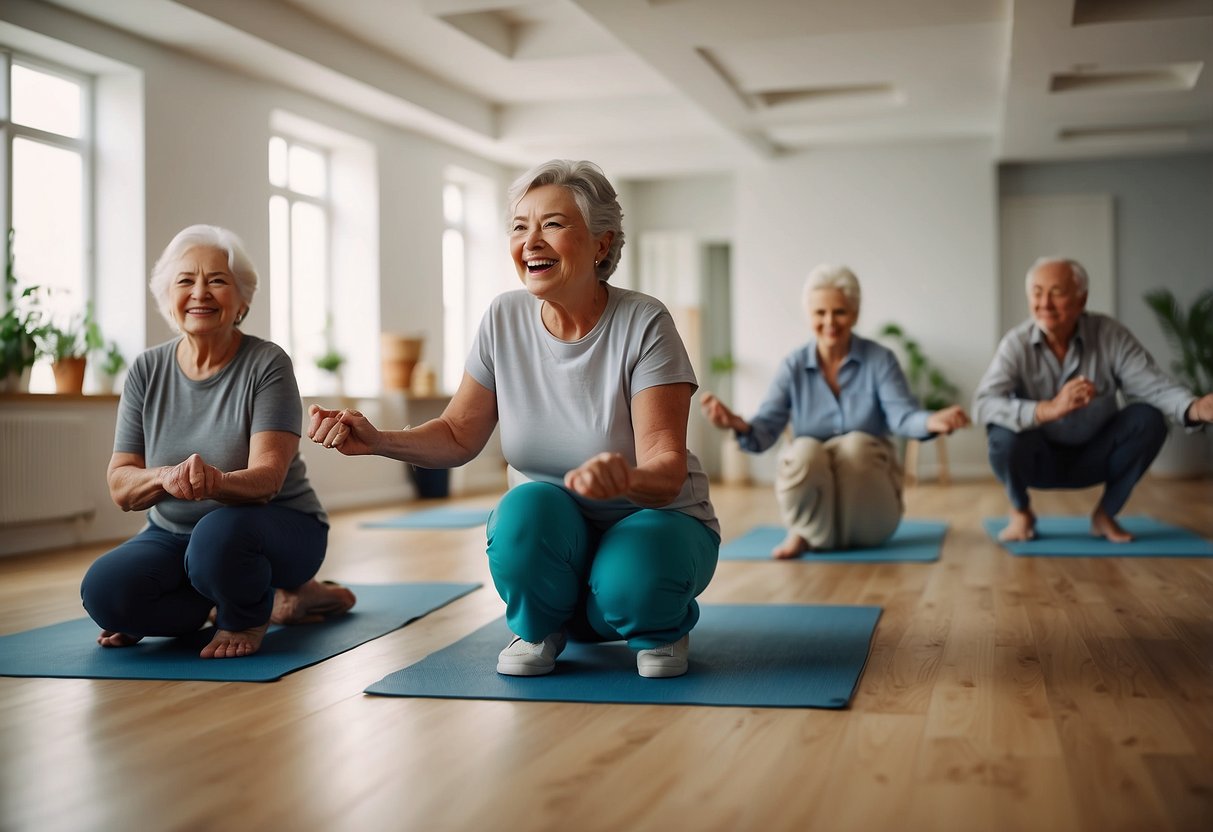
Many seniors have found success with static holds. These exercises can improve posture, reduce fall risk, and boost confidence in daily activities. Some people have even reported less pain and better mobility after doing static holds regularly.
You don’t need fancy equipment or a gym membership to try static holds. They can be done at home with just your body weight. As you get stronger, you can add light weights or increase the hold time.
Key Takeaways
- Static holds can improve strength and balance for seniors
- You can do these exercises at home without special equipment
- Regular practice may lead to better posture and reduced fall risk
The Importance of Static Holds for Seniors
Static holds can greatly improve seniors’ strength, balance, and mental well-being. These simple exercises offer a safe and effective way to enhance physical and mental health.
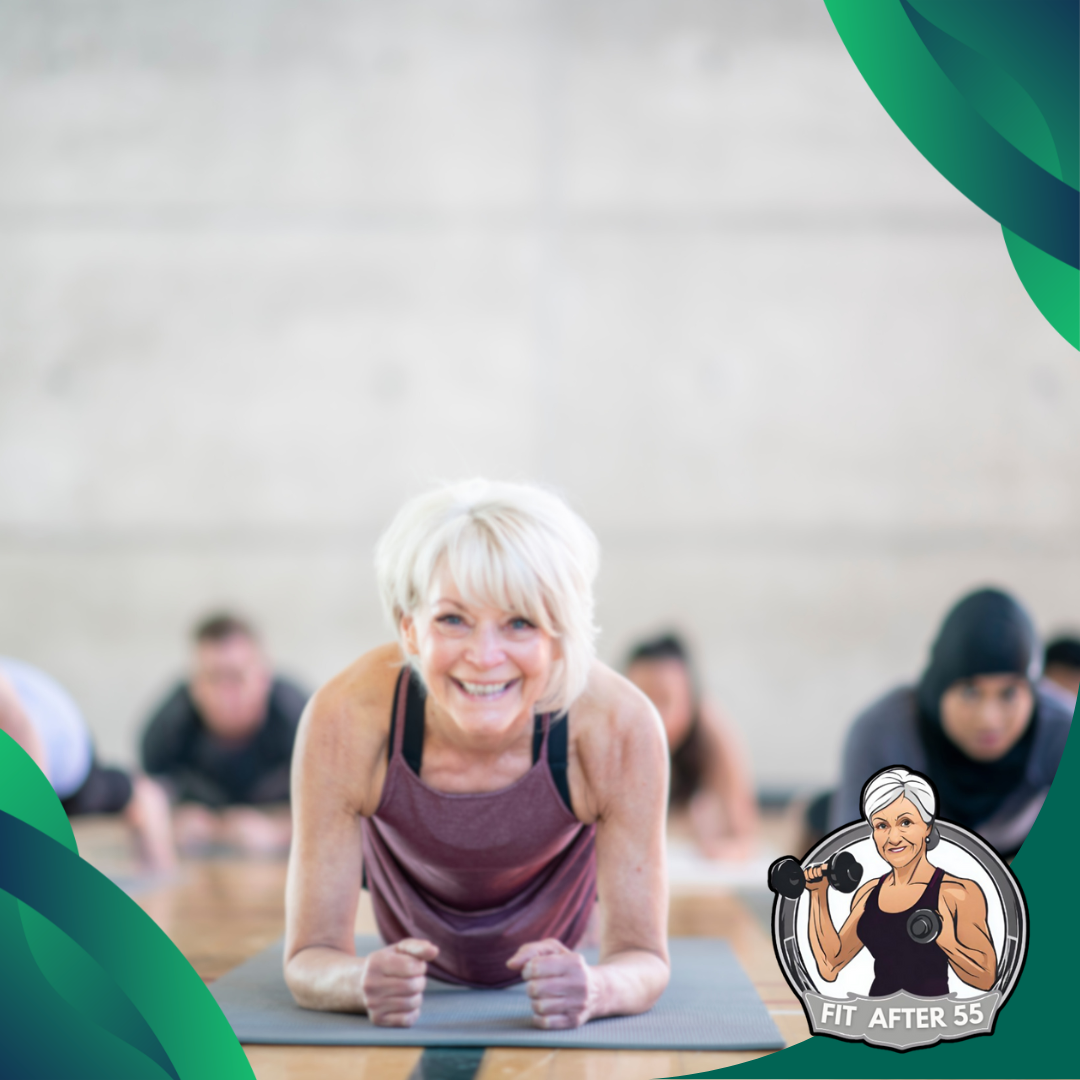
Physical Benefits
Static holds help seniors build and maintain muscle strength. By holding positions for set periods, you engage multiple muscle groups at once. This can lead to improved posture and reduced joint pain. Static holds are easy on the joints, making them ideal for those with arthritis or other joint issues. You can do many of these exercises while sitting or lying down, reducing the risk of falls.
Regular practice can increase bone density, which is crucial for preventing osteoporosis. Static holds also improve flexibility and range of motion, helping you stay mobile and independent.
Mental Health Advantages
Static holds can boost your mood and reduce stress. The focus required during these exercises can help clear your mind and promote relaxation. Practicing static holds regularly may improve sleep quality. Better sleep can lead to increased energy levels and improved cognitive function during the day.
These exercises can also boost self-confidence. As you get stronger and more stable, you may feel more capable in your daily activities. Static holds can be a form of meditation, helping you stay present and mindful. This can reduce anxiety and promote a sense of calm.
Balance and Stability Gains
Static holds are excellent for improving balance and stability. Exercises like wall sits and planks challenge your core muscles, which are key for maintaining balance. Better balance means a lower risk of falls, a common concern for seniors. By practicing static holds, you can feel more steady on your feet during daily activities.
These exercises also improve proprioception – your body’s ability to sense its position in space. This can make you more aware of your surroundings and help prevent accidents. Static holds can strengthen the muscles around your joints, leading to improved stability. This can make activities like walking, climbing stairs, and getting up from chairs easier and safer.

How to Begin with Static Holds

Static holds are simple yet effective exercises for seniors. They can improve strength and stability without putting too much strain on your body. Here’s how to get started safely and effectively.
Assessing Your Current Fitness Level
Before starting any new exercise routine, it’s important to know where you stand. Talk to your doctor about your plans to begin static holds. They can help you understand any limits you might have.
Try a few basic holds to see how you feel. Stand near a wall or chair for support. Hold a squat position for as long as you can. Time yourself and write it down. Do the same with a wall push-up hold. Keep track of how long you can hold each position. This will help you set goals and see your progress over time.
Starting Simple
Begin with easy static holds that don’t require equipment. Wall sits are a good place to start. Lean against a wall and lower yourself as if sitting in a chair. Hold for 10-30 seconds. Try a plank hold on your knees instead of your toes. Place your forearms on the floor and keep your body straight. Hold for 5-10 seconds at first.
Do these exercises 2-3 times a week. Aim for 2-3 sets of each hold. Rest for 30-60 seconds between sets. Slowly increase your hold times as you get stronger. Remember to breathe normally during each hold. Stop if you feel pain or get too tired. It’s better to do shorter holds correctly than longer ones with poor form.

Best Practices for Safety and Efficiency
Static holds can be safe and effective for seniors when done properly. Using the right form, tools, and tracking methods helps maximize benefits while minimizing risks.
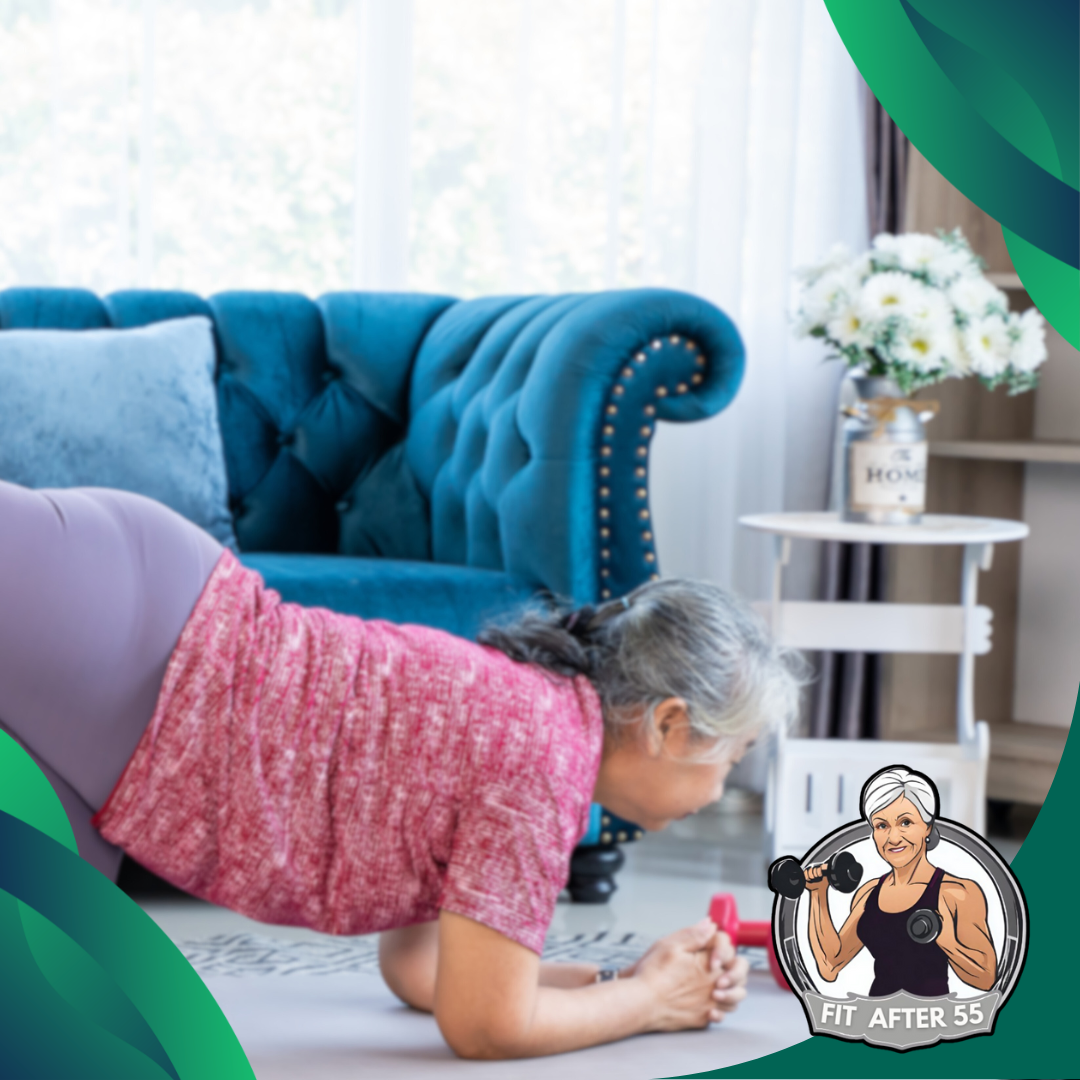
Understanding Proper Form
Proper form is key for safe and effective static holds. Keep your back straight and shoulders relaxed. Engage your core muscles to support your spine. For upper body holds, keep elbows slightly bent. Don’t lock your joints.
For lower body holds like wall sits, keep knees at a 90-degree angle. Don’t slide down too far. Breathe steadily throughout the hold. Don’t hold your breath.
Start with short 10-15 second holds. Gradually increase the duration as you build strength. If you feel pain, stop immediately. Static holds should challenge you but not cause discomfort.
Incorporating Assistive Devices
Assistive devices can make static holds safer and more effective for seniors. Use sturdy chairs or counters for balance and support. Resistance bands add variety to holds. Loop them around a doorknob for arm holds.
Exercise balls improve core engagement during planks and wall sits. Yoga blocks help with flexibility in standing poses. Foam rollers aid in proper alignment for back and leg holds. Always check equipment for wear and tear before use. Replace items if they show signs of damage.
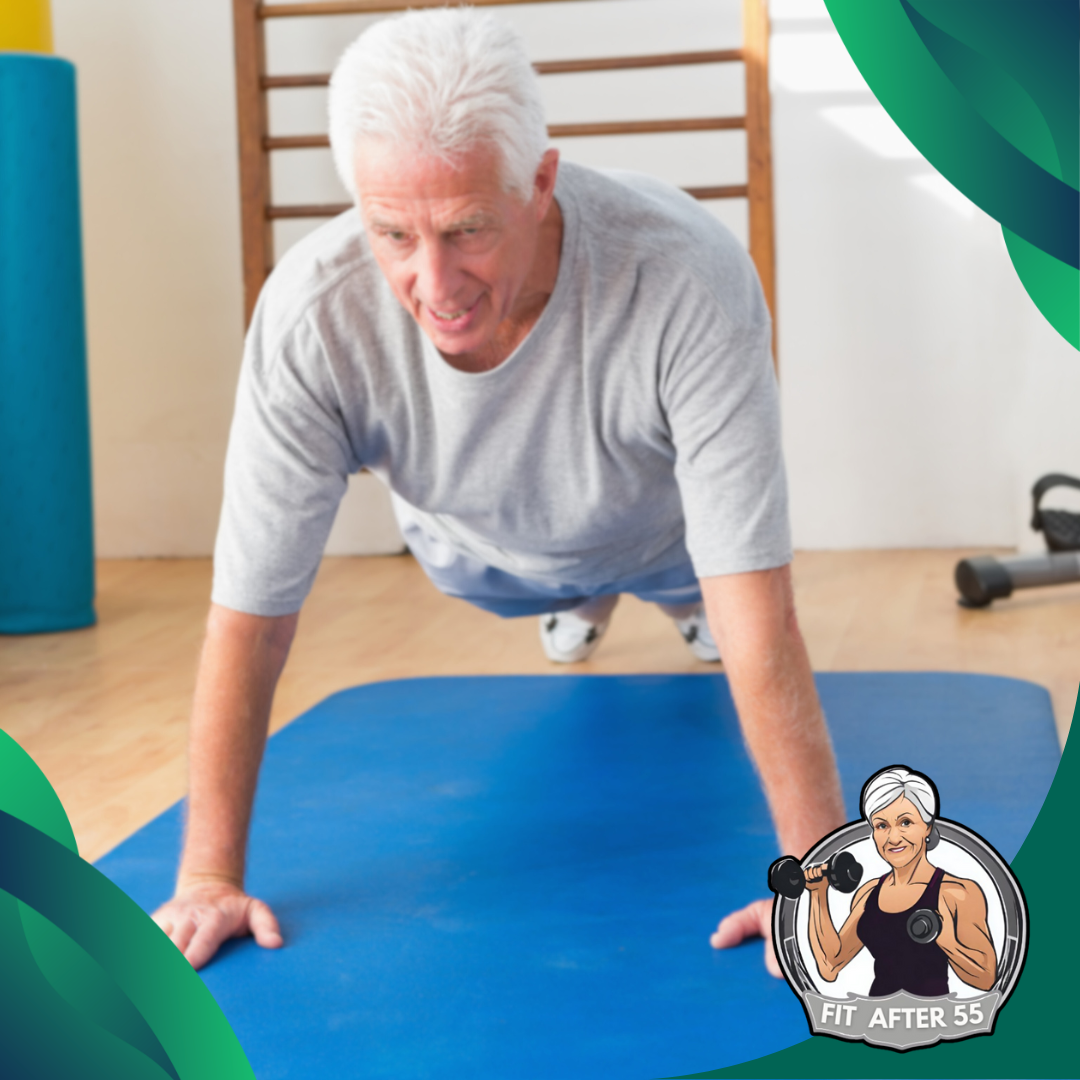
Monitoring Your Progress
Track your static hold times and perceived effort. Use a simple log or smartphone app. Set small, achievable goals each week. Celebrate your improvements. Note any pain or discomfort after holds. Adjust your routine if needed. Take progress photos to see changes in form and muscle tone.
Check your resting heart rate regularly. It may lower as you get stronger. Consider working with a fitness trainer to assess your form and progress. They can suggest modifications as needed. Remember, consistency is key. Even small improvements add up over time.
Personal Narratives of Success
Static holds have helped many seniors improve their strength and balance. These stories show how older adults overcame obstacles and felt better through consistent practice.
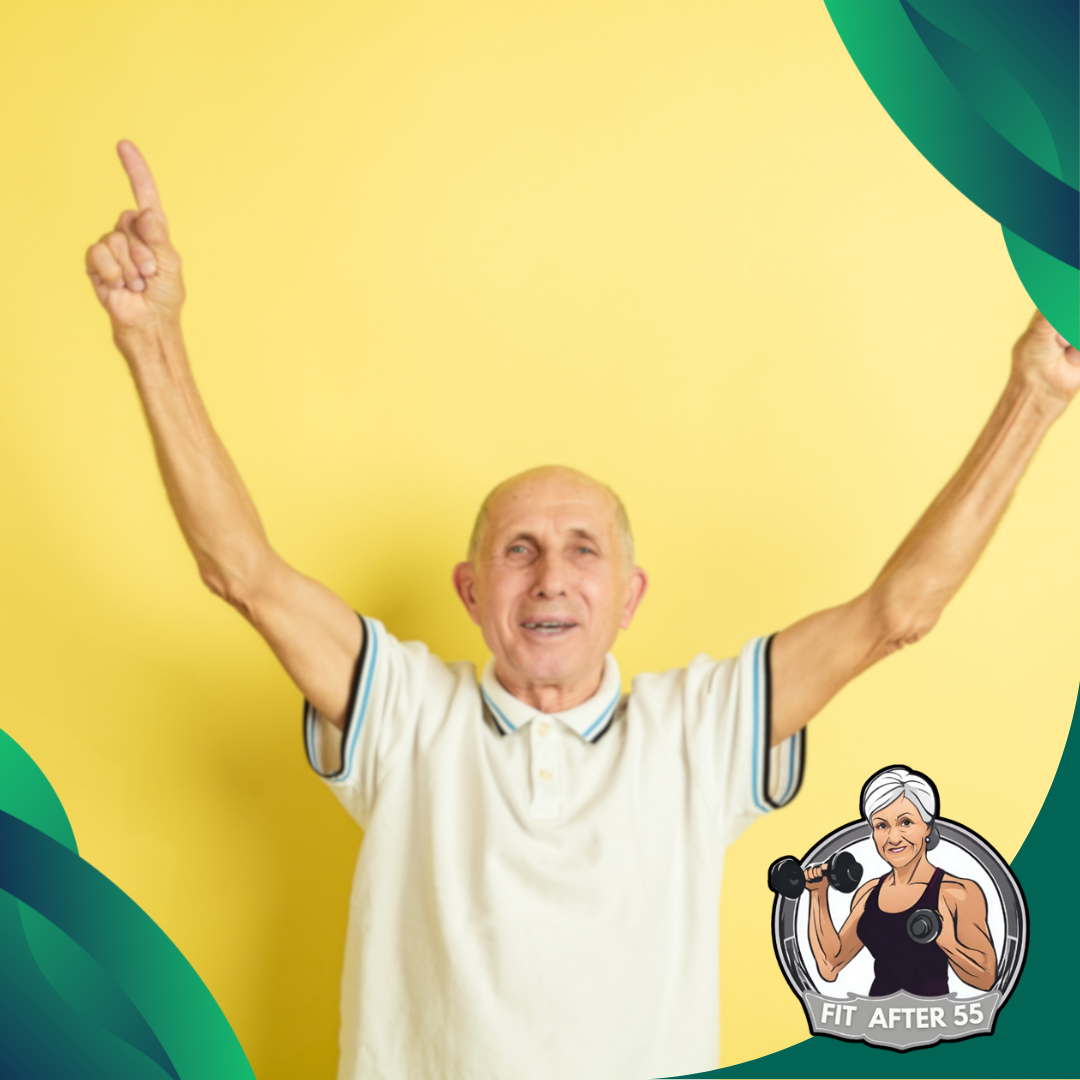
Overcoming Challenges
Starting with static holds might bring up some doubts, but many seniors have turned their initial struggles into success stories. Take Margaret, for example. At 72, she was concerned about her weak arms, so she began with just 5-second wall pushes. With consistent effort over 3 months, she was able to increase her hold time to 30 seconds, showcasing impressive improvement in her strength.
Then there’s John, 68, who faced balance issues following a stroke. He started with seated holds, using the arms of his chair for support. Gradually, he progressed to standing holds and now maintains them for a full minute. His enhanced stability has made his walking more secure.
Ruth, at 80, initially thought exercise was beyond her reach. She began with lying leg raises, holding each for just 3 seconds. After six weeks of dedication, she could hold for 20 seconds and found that climbing stairs became significantly easier.
These stories highlight that with patience and perseverance, it’s possible to overcome initial difficulties and achieve remarkable progress with static holds.
Experiencing Enhanced Well-being
Static holds can significantly boost your mood and energy levels. Take Tom, for instance. At 75, he often felt drained and lethargic. He decided to incorporate morning planks into his routine, starting with just 10 seconds. Fast forward to today, he holds for 45 seconds and experiences a noticeable increase in his daily energy and vitality.
Alice, 70, struggled with sleep issues and decided to try evening wall sits. After a month of consistent practice, she found that her sleep improved, and she woke up feeling refreshed. Now, she holds the position for a full minute before bed, making a positive impact on her overall rest.
Bill, 77, was dealing with stiffness and aches. He started with gentle arm holds, and after three months, he noticed his joints felt more flexible. Today, he incorporates a variety of static holds into his routine and enjoys greater freedom of movement.
Many seniors find that static holds not only enhance their physical strength but also boost their confidence. This improvement translates into an easier time with daily tasks and a renewed enjoyment of active hobbies.
Guidance from the Experts
Experts in fitness and physiotherapy offer valuable insights for seniors practicing static holds. Their advice focuses on safety, effectiveness, and personalized approaches to achieve the best results.
Trainers’ Recommendations
Fitness trainers suggest starting with simple static holds for seniors. They recommend holding each position for 15 to 30 seconds. This duration allows muscles to lengthen and relax without causing strain.
Trainers emphasize proper form to prevent injuries. They advise you to:
- Start with wall sits or planks
- Use a mirror to check your alignment
- Breathe steadily throughout the hold
- Stop if you feel pain or discomfort
Gradually increase hold times as you build strength. Aim for 2-3 sessions per week, with 5-7 different static holds in each workout.
Physiotherapists’ Advice
Physiotherapists stress the importance of tailoring static holds to your abilities. They recommend you consult a healthcare provider before starting any new exercise routine.
Low-impact static hold exercises can help you build strength safely, even after an injury. Physiotherapists suggest:
- Focusing on core stability exercises
- Using props like chairs or walls for support
- Paying attention to your body’s signals
- Modifying holds to suit your mobility level
They also highlight the benefits of static holds for balance and posture improvement. Regular practice can enhance your daily activities and reduce fall risks.
Maintaining Motivation

Staying motivated is key to success with static holds. You can keep your drive strong by setting clear goals and recognizing your progress along the way.
Setting Achievable Goals
Start by setting small, realistic goals for your static hold practice. You might aim to hold a wall sit for 10 seconds longer than last week. Or try to do one more repetition of a plank hold. Write down your goals and put them where you’ll see them daily.
Break bigger goals into smaller steps. If you want to hold a plank for 2 minutes, start with 15-second intervals. Increase by 5 seconds each week. This gradual approach helps prevent burnout and injury. Use a calendar or app to track your progress. Seeing your improvements can boost your motivation to keep going.
Celebrating Milestones
Recognize your achievements, no matter how small. Did you hold a static pose for your target time? Pat yourself on the back. Reached a new personal best? Treat yourself to a favorite snack or activity.
Share your successes with friends or family. Their support can encourage you to keep pushing forward. You might even inspire others to join you in your fitness journey. Keep a success journal to record your milestones. On tough days, look back at how far you’ve come. This can reignite your motivation and remind you why you started.
Consider joining a seniors’ fitness group. Celebrating wins together can make the journey more enjoyable and keep you accountable.
Static Holds in Everyday Life

Static holds can be easily worked into your daily routine. These exercises help build strength and stability without needing special equipment or a lot of time.
Integrating Exercises into Daily Routines
You can do wall sits while brushing your teeth. This simple exercise works your legs and core. Try holding for 30 seconds at first, then build up over time. Use commercial breaks during TV shows to do plank holds. Start with 15 seconds and add time as you get stronger. This helps your core and arms.
When cooking, do calf raises while waiting for the water to boil. Stand on your toes for 10-15 seconds at a time. This improves leg strength and balance.
Long-term Lifestyle Changes
Make static holds a regular part of your day. Set reminders on your phone to do a quick hold exercise every few hours. Start with short holds and slowly increase the time. This builds strength safely. Aim for 3-5 holds of each exercise per day.
Track your progress to stay motivated. Write down how long you can hold each pose. Celebrate small improvements. Talk to friends or family about your new habit. Having support makes it easier to stick with changes. You might even inspire others to join you.
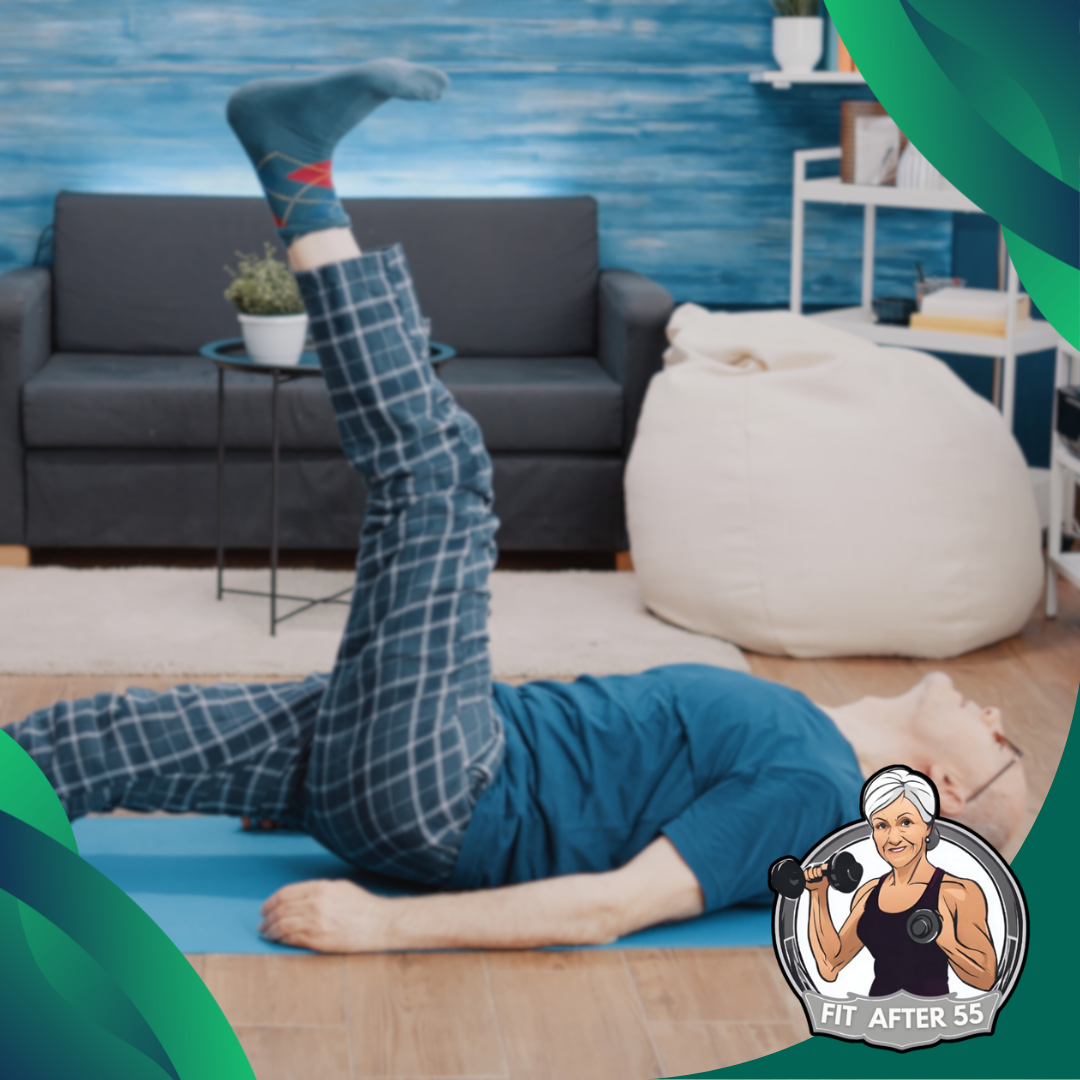
Fun Fact
Did you know that static holds can help improve sleep and boost energy levels? For seniors, incorporating static holds like evening wall sits can do more than just build strength—they can also enhance sleep quality. Holding a wall sit for just one minute before bed has been shown to help seniors fall asleep faster and wake up feeling more refreshed and energized. It’s a simple yet effective way to wind down the body and promote better rest.
Static Holds For Seniors: Success Stories – Improving Strength: Final Thoughts
Static holds are a fantastic addition to any senior fitness routine, providing a low-impact way to build strength and stability without putting too much strain on the joints. To get the most out of static holds, start slowly and listen to your body. Begin with shorter hold times and gradually increase them as your strength improves—comfort is key! Proper form is also essential to prevent injuries, so if you’re unsure about your technique, it’s a good idea to consult a fitness professional for guidance. Consistency is crucial; try to incorporate static holds into your workouts 2-3 times a week for the best results.
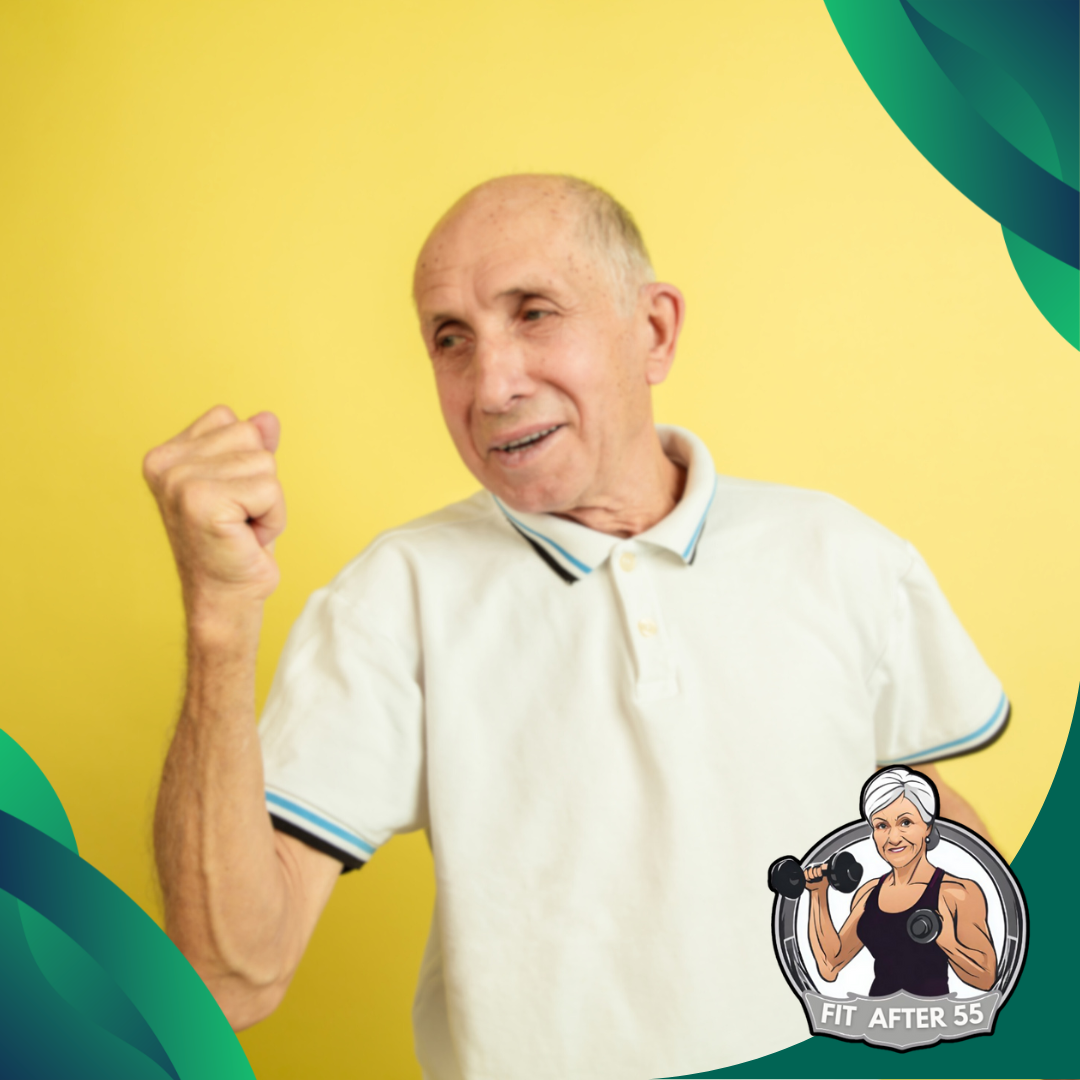
Don’t forget to focus on your breathing—steady and deep breaths help maintain stability, focus, and calm during each hold. To keep things interesting, mix up your routine by trying different types of static holds to target various muscle groups. This variety adds a new challenge and keeps your workouts fun! Celebrate small wins along the way; each extra second you can hold a pose is a step forward and a victory to be proud of. Stay patient and positive—progress may seem slow at times, but regular practice will lead to noticeable improvements in strength, balance, and endurance.
Remember that static holds are just one part of a well-rounded fitness program. For overall health, combine them with other exercises like cardio, flexibility, and mobility work. Ready to get started? Add static holds to your routine today and feel the difference in your strength and stability. Stay committed, keep challenging yourself, and enjoy the journey to a healthier you!
Frequently Asked Questions

Static holds offer unique benefits for seniors. Many older adults have seen positive results from incorporating these exercises into their routines. Let’s explore some common questions about static holds for seniors.
What are the proven benefits of static holds for muscle growth in the elderly?
Static holds can help seniors build and maintain muscle mass. These exercises engage targeted muscles for extended periods, promoting strength and endurance. Static holds also put less stress on joints, making them a good option for older adults with joint issues.
Can seniors enhance muscle strength with static hold exercises?
Yes, seniors can improve their muscle strength through static holds. These isometric exercises challenge muscles without movement, leading to increased strength over time. You can start with short hold times and gradually increase as you get stronger.
How do static holds compare to traditional reps for seniors' fitness?
Static holds offer a different approach to strength training. They focus on muscle tension rather than repetitive movements. This can be easier on joints and still provide strength benefits. You might find static holds more comfortable than traditional reps, especially if you have mobility issues.
What success stories exist involving seniors practicing static holds?
Many seniors have reported improved strength and balance from static hold exercises. Some have found relief from chronic pain, while others have seen better posture and increased confidence in daily activities. These success stories highlight the potential benefits of static holds for older adults.
Are there specific static hold exercises recommended for older adults?
Wall sits, planks and barbell static holds are often recommended for seniors. These exercises target major muscle groups and can be modified to suit different fitness levels. Always start with short hold times and consult a fitness professional to ensure proper form.
Is there evidence to support the effectiveness of isometric exercises for hypertrophy in seniors?
Research suggests that isometric exercises, including static holds, can contribute to muscle hypertrophy in older adults. These exercises increase muscle tension, which can stimulate muscle growth. While results may vary, many seniors have experienced positive changes in muscle size and strength through consistent practice of static holds.
Get Moving and Feel Great!
Looking for a little fitness inspiration? Join our vibrant Facebook community, where we share tons of tips, tricks, and workout routines tailored for those 55 and older. Discover fun and effective ways to stay active, healthy, and happy—all while connecting with others on the same journey. Let’s embrace a fitter, more joyful lifestyle together!

